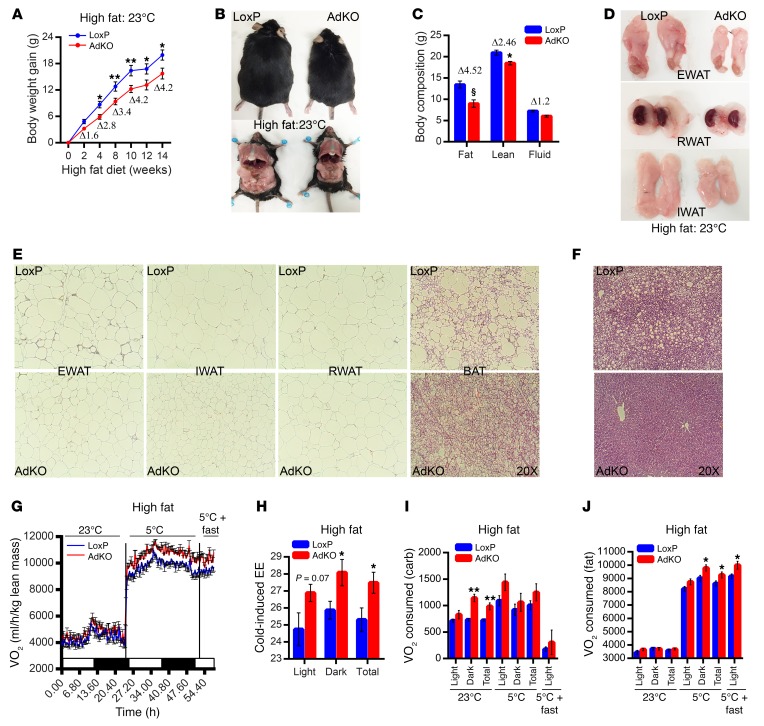Figure 2. Increased thermogenic EE decelerates HFD-induced weight gain in AdKO mice.
(A) Average weekly weight gain is less in HFD-AdKOs (n = 15 mice per group; 2-way ANOVA). (B) Representative photographs of mice (from A) demonstrate that after 14 weeks of HFD feeding, AdKOs appear smaller and accumulate less fat. (C) After 8 weeks of HFD feeding, AdKOs display less fat mass. Lean/fluid masses are less altered (n = 10 mice per group; t test). (D) Representative photographs (from mice used in A) reveal that EWAT, RWAT, and IWAT appear smaller in HFD-AdKOs. (E) AdKOs are protected against HFD-induced adipocyte hypertrophy. AdKO BAT accumulates less fat (image represents data from n = 3 mice per group). (F) AdKOs are protected against HFD-induced fatty liver (image represents data from n = 3 mice per group). (G) AdKOs (8 weeks of HFD at 23°C) display higher VO2 consumption at 23°C, which is further enhanced following cold exposure (n = 8 mice per group). (H) Average cold-induced EE is higher in HFD-AdKOs (n = 8 mice per group; t test). (I) HFD-AdKOs consume more oxygen to oxidize carbohydrate at 23°C. However, at 5°C, they oxidize carbohydrate to a similar extent (n = 8 mice per group; t test). (J) HFD-AdKOs consume similar oxygen for fat oxidation at 23°C. However, AdKOs oxidize more fat at 5°C and following acute fasting at 5°C (n = 8 mice per group; t test). Data in all panels are expressed as mean ± SEM. *P < 0.05, **P < 0.01, §P < 0.0001.

